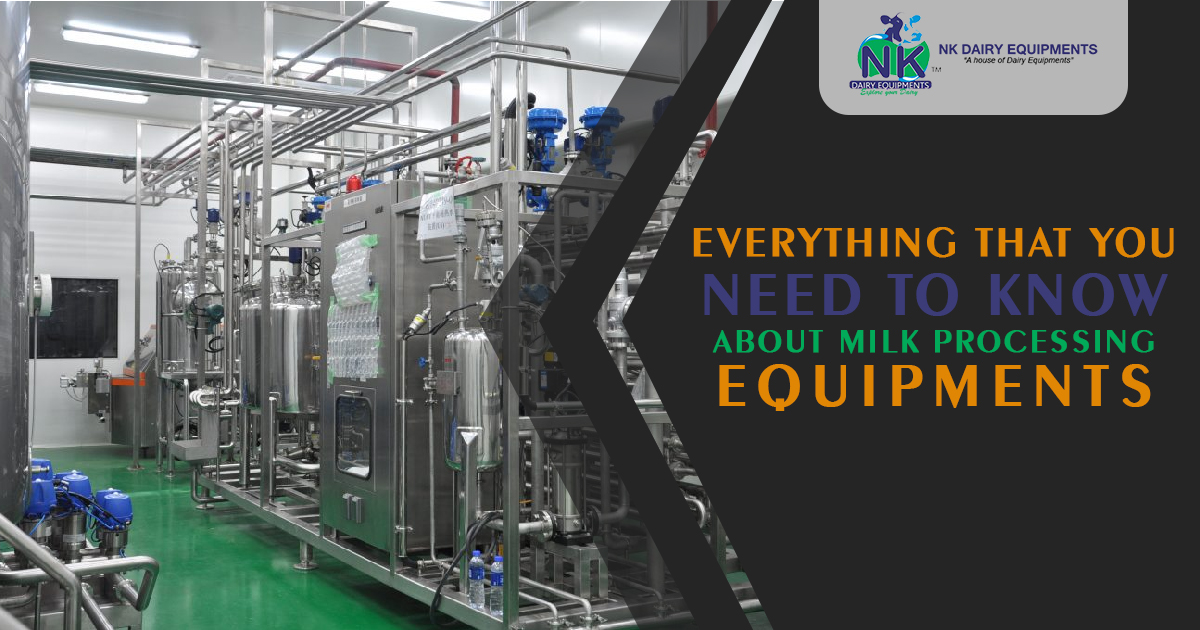Milk processing types of equipment are the foremost and primary part of any dairy plant. Many farmers firstly understand the usage of these types of equipment because these are too beneficial for dairy farms. These types of equipment perform many types of functions such as separation, storing, homogenizing, and pasteurization. These types of equipment are useful to make cheese, khoya, and other dairy products such as curd.
If you want to keep them for a long time then you should clean and maintain them effectively. These units include reception units, storage units, Pasteurization units, sterilization, and homogenization. These are explained as below-:
Milk Reception units
These units are useful to test the milk after pumping. Firstly the milk is produced by milking machines at dairy farms then this milk is transported to other areas for the reception. After delivery, the milk to plants and then the reception process will perform in the milk plants. In this process, the milk is measured and tested and then leave it for the cooling process.
Storage units
After receptions, the cool milk is stored into tanks and simply move to process lines. Storage systems usually depend on milk quantity. These are of different sizes and shapes, you can choose according to your need and requirement. If you want to store milk for a long time then you should clean them regularly with the gentle cleansing product.
Sterilization
This process is explained as a reduction of microorganisms from the milk. In these different types of processes, that are used to perform this such as pasteurization, UHT, HTST, and filtration.
Milk Standardization or Cream separation
After this sterilization process, the milk standardization is performed, cream separation depends on the type of cow and buffalo, age, timing, and feeding. In this process, either raw milk or pasteurized milk is separated into a cream. This process is dome by cream separation machines. Majority of people do not perform this function because they simply put the milk into the khoya machine in order to make Khoya. They do not separate milk and cream because it will affect the thickness of khoya.
Homogenization
This process is done after the cream separation because they can check whether the milk is needed homogenization. The main objective of homogenizers is to prevent the cream separation from the rest of the liquid after the storage of the milk.
Once the whole milk process is done, then the milk is sent to packing and filling units in order to packing. They will fill the packets according to weight and then packed that milk in order to delivery.




